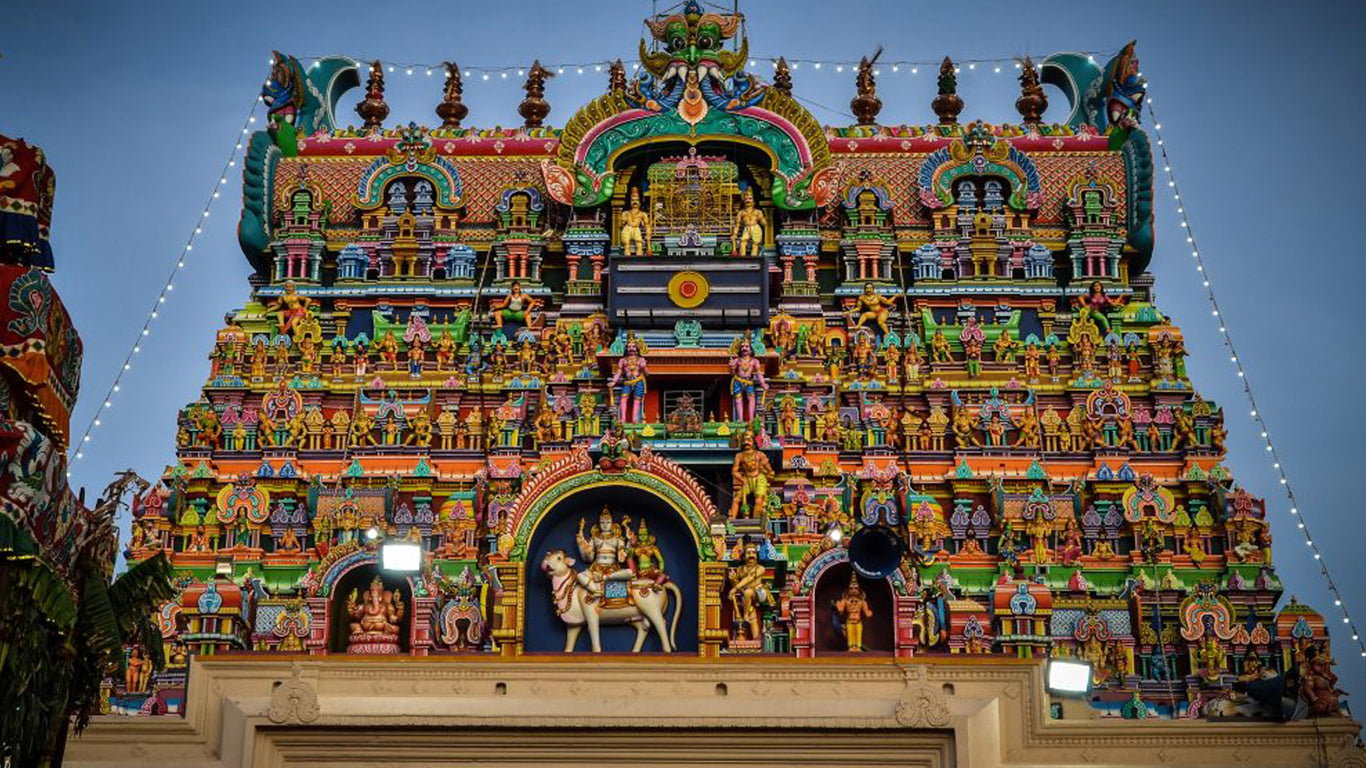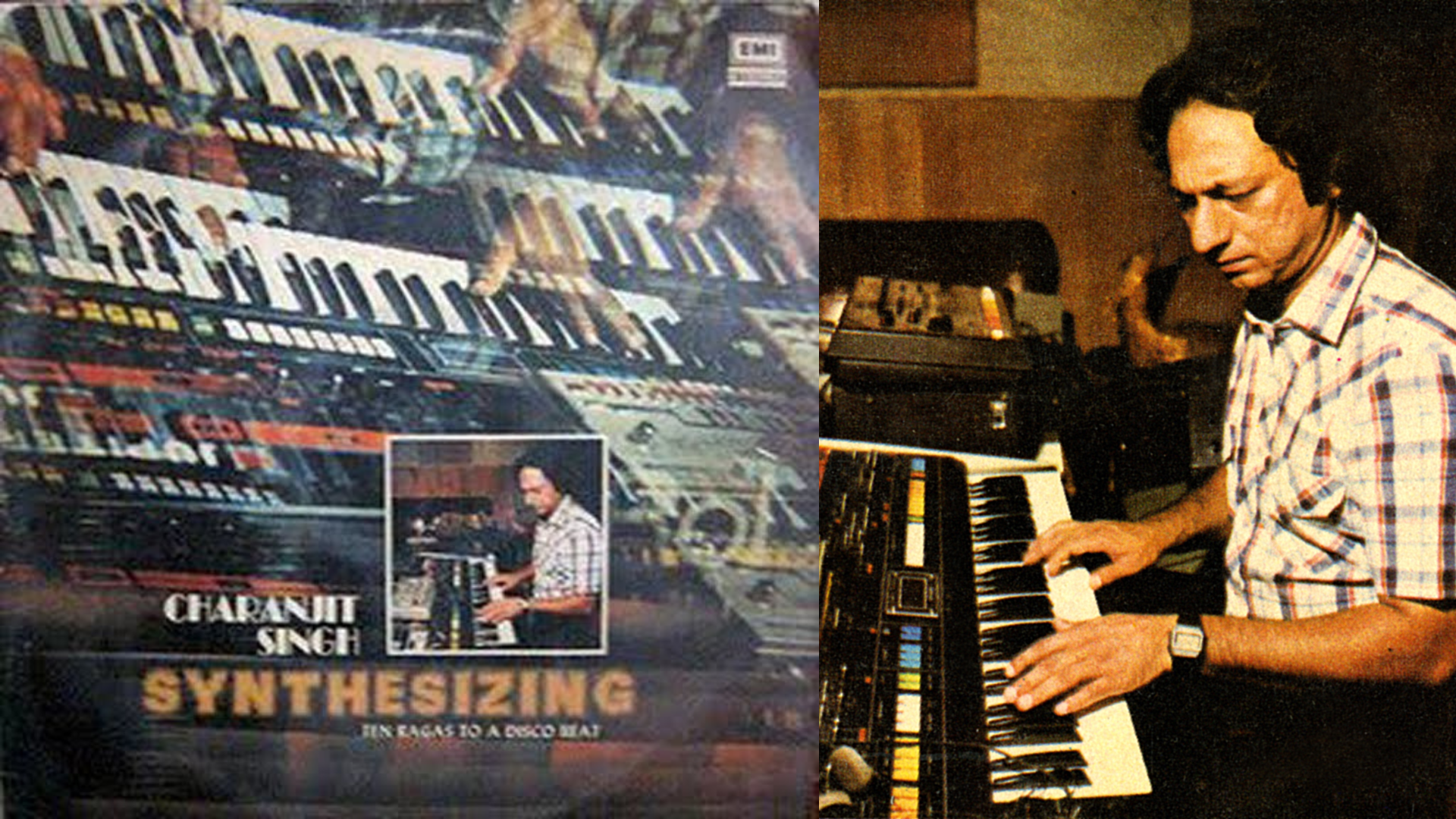Nellaiappar Temple: Exploring Sound Through Stone

There has been a close chemistry between architecture and music since ages. Issac Newton suggested that musical notes and tones of colors might share common frequencies. This is also something Goethe discussed in his book, ‘Theory of Colors’. When the complementing nuances of both these artforms are engaged together, even more remarkable art can be created.
One such an example of this would be the magnificent Nellaiappar Temple, situated in Tirunelveli, Tamil Nadu.

Mythological Relevance
This Shiva temple is mythologically significant as it represents one of the famous five halls where Shiva performed the Cosmic Dance. Just like the other famous temples of the south, this temple built in the 700 AD is intact even today owing to its supreme architectural finesse.
The intricately carved pillars of this temple aren't just a treat for the eyes, they are sonically stimulating as well. These aren't just ordinary pillars that support the temple, they are musical pillars. These pillars are solid not hollow and yet produce musical notes like an instrument when struck.

The Craftsmanship
The architectural technology applied to these symphonic pillars more than 1000 years ago was definitely way ahead of its time. A cluster of 84 pillars in the temple was carved from one single stone and there are a total of 161 such pillars. The Pandava king Nindraseer Nedumaran built this temple during his reign. While erecting such hard stone structures which are heavy, a lot of
muscle is required.

It is believed a colossal amount of men, elephants and horses were used to create this musical marvel. When one of these pillars is gently struck in a particular manner, the seven classical notes - Sa Re Ga Ma Pa Dha Ni can also be created. These pillars, in the form of clusters, propagate these vibrations to their neighboring pillars.
Types of Musical Pillars
Generally there are two types of musical pillars- Tapping pillars which operate similar to a keyboard and blowing pillars that produce sounds just as in the case of a conch or a flute.
In ancient times, these pillars were tapped or blown like musical instruments to accompany chants and devotional performances in the temples.
The musical pillars found at Nellaiappar temple are of three types- first, Shruti which produce basic notes like swaras. The Vedas were said to be rendered using this.
Second, Gana which produces basic tunes like ragas and third, Laya which produces taals or beats

Singing Rocks
The rocks used to build musical pillars can be masculine, feminine or neuter based on its sound and color. Male rocks produce a tinkle of bronze bells, the female of bass and the neuter ones produce a dull sound.
The pillars at this particular temple are musical because they are carved using rocks with acoustic properties like black granite or rocks rich in silica and metallic ore.
Read about: Alice Coltrane's Pilgrimage To India






Comments